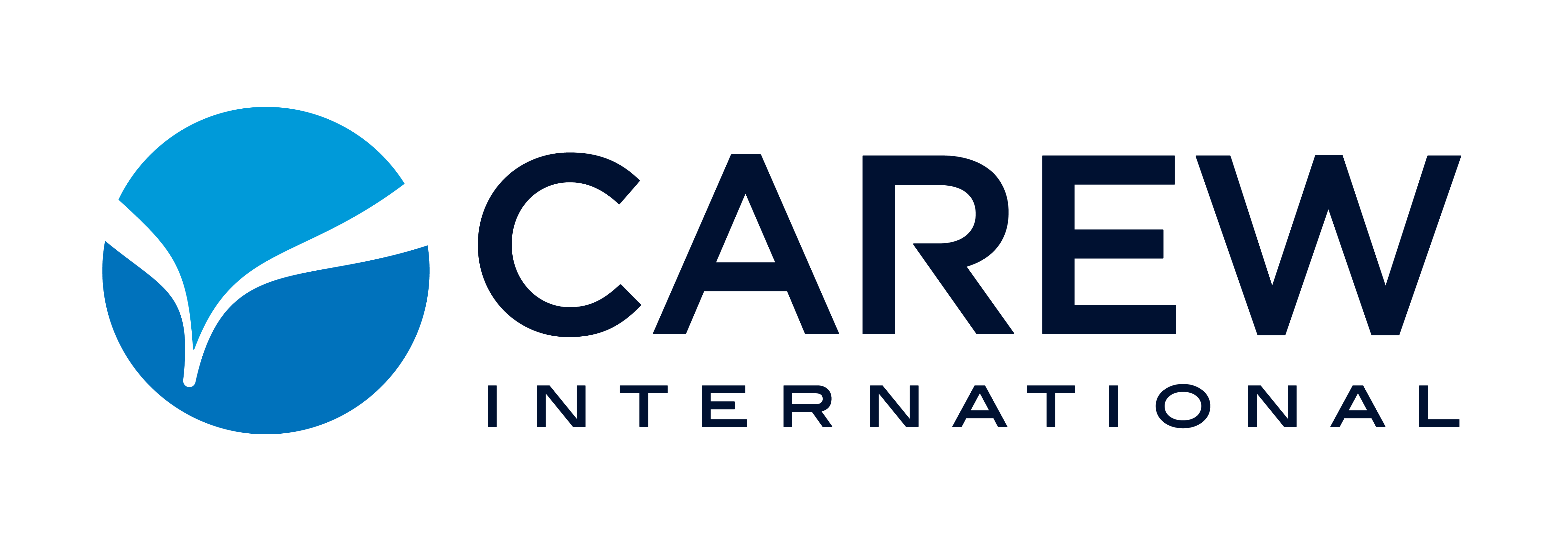Hidden Danger in Customer Satisfaction
Consistently high customer satisfaction is a universal goal in business. There are dozens of business books at your local bookstore and probably hundreds more in print about the benefits of keeping your customers delighted with your products and services. What could be more worthwhile than pursuing customer satisfaction? So where is the danger?
The danger lurks in continually evaluating customer satisfaction based solely upon what the customer prefers within your individual and current list of offerings. When companies put too much emphasis on customer satisfaction scores to evaluate their success, they might be misled. For example, an organization might attain the high customer satisfaction scores they strived for but learn too late that they have lost market share to their competitors. How could this be if they are delivering such high customer satisfaction ratings? The answer is simple: failure to innovate.
What happens when someone approaches one of your satisfied customers and offers them a product or service that can do everything yours can, plus something new and cool the customer didn’t even know was possible? Your “satisfied” customer just had the rating scale of customer satisfaction reset for them by the competitor providing them a capability or feature they would have never thought of on their own. You were giving them exactly what they wanted until they found out they could have all that you offered and more.
Customer Sacrifice
In their book, The Experience Economy, Jim Gilmore and Joe Pine describe a phenomenon known as “customer sacrifice” that shows the danger of reliance on customer satisfaction surveys. Customer sacrifice is the gap between what a customer accepts and what they really want/need, even if they do not know what that is or cannot articulate it.
Consider this airline industry example provided in the book. When planes reach a safe and comfortable cruising altitude, flight attendants come down the aisle with the beverage cart asking passengers if they’d like something to drink. Let’s say a diehard Coca-Cola drinker requests one, only to be asked, “Is Pepsi okay?” They will likely accept the alternative. They make a sacrifice. After multiple flights, the customer might begin ordering Pepsi, even though what they truly want is a Coke. The airline’s customer satisfaction survey would reflect that the customer ordered a Pepsi and received a Pepsi. To the airline, this represents a satisfied customer. Here lies the danger… customer satisfaction surveys do not capture this type of customer compromise or sacrifice.
“Customer satisfaction measurements essentially focus on understanding and managing customer expectations of what companies already do, rather than truly ascertaining what customers really want.” – The Experience Economy
Analyze Your Business
Take a good look around your business. Is there customer sacrifice occurring? Have customers gotten comfortable buying what you have instead of what they truly desire? Are your competitors developing or already offering innovations that could reset the bar on customer satisfaction?
The customer satisfaction challenge is always evolving. Resolve to be the one to reset the bar, rather than the one contentedly reading favorable customer satisfaction reports while another provider resets the bar for you.
How?
If you’re familiar with Carew’s Dimensions of Professional Selling® program, you know our Exploratory Process™ focuses on diagnosing the customer’s needs.

Pay attention to the top rung of the model. Once we have determined our customer’s actual or current state of business along with their ideal scenario(s), we can turn our attention to adding insight above and beyond what the customer might be aspiring to. This is where the insight question comes into play. Asking insight questions is a positive, workable way to talk with your customer about improvement beyond where they are now.
Here are some examples of insight questions:
- How would achieving an even better outcome impact your business?
- What elements of your operation do you think may be most optimal for improvement?
- Are you interested in hearing about a similar client of ours that has been changing their system?
- What might we focus on to increase your results beyond what you are already achieving?
The Power and Art of the Insight Question
Finding a gap between what a customer has and what they want assumes customers are well-informed and know exactly what they need. In our rapidly changing world that is less and less the case. Our professional responsibilities include making clients aware of better options than they have now. Our professional responsibilities also include creating that awareness in such a way as to not create defensiveness or pushback – but rather receptiveness to ways we might help them continuously improve.
When sales professionals clue into potential customer sacrifices and unrecognized needs, they will gain new opportunities to market products and services they may not have thought to offer otherwise. One of the challenges in looking for needs that exist below the surface or in reducing customer sacrifice is simply having the tools necessary to uncover insight. This takes research, but more importantly, requires sales representatives to have a skilled ear and know what questions to ask to start piecing together a complete picture of customers’ businesses. Unlocking this potential starts with a sales methodology that goes beyond traditional approaches and teaches professionals how to be better listeners and communicators. This way, sales reps will be able to get buyers to open up about their enterprises, revealing untapped opportunities in the process.

